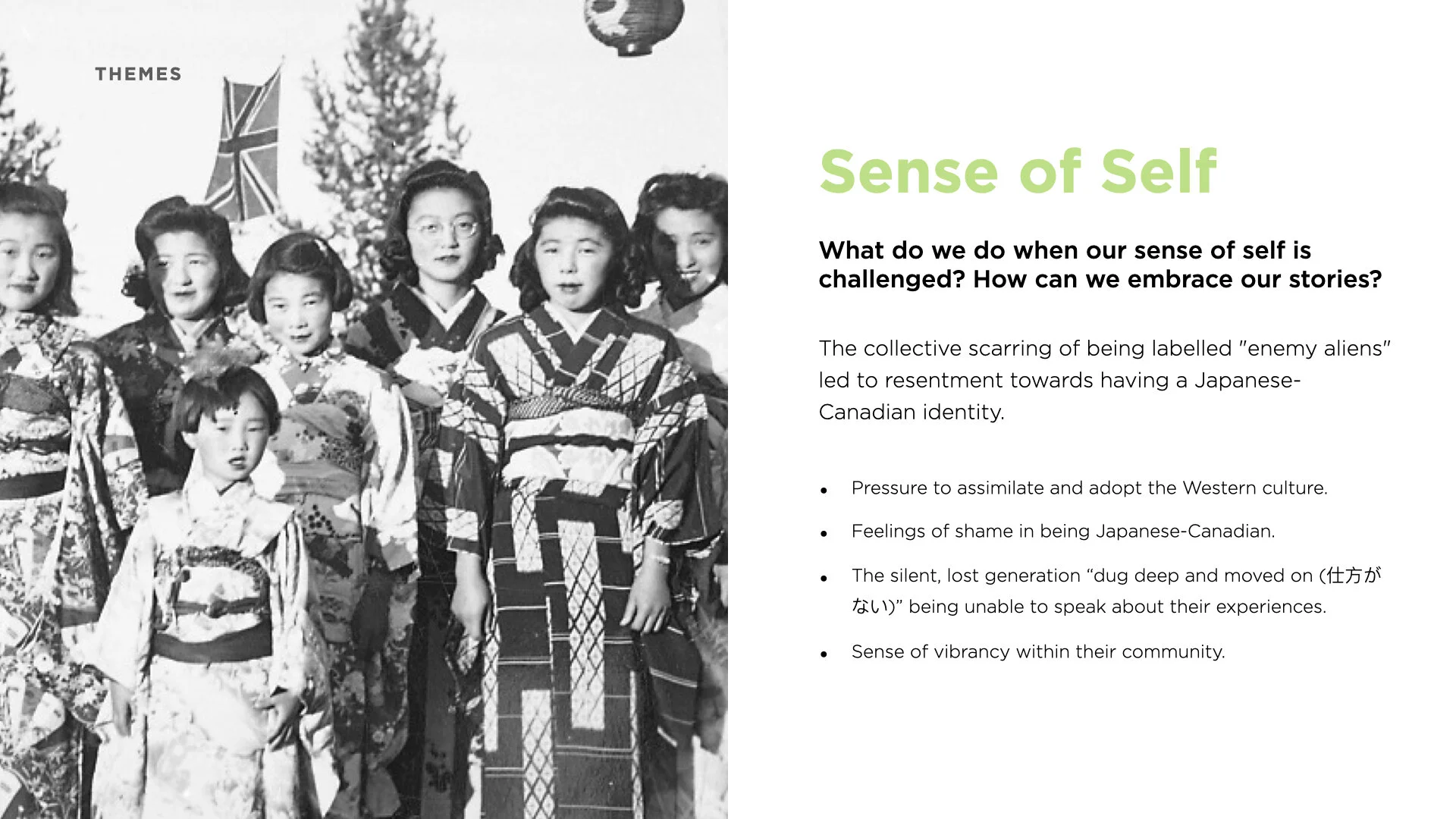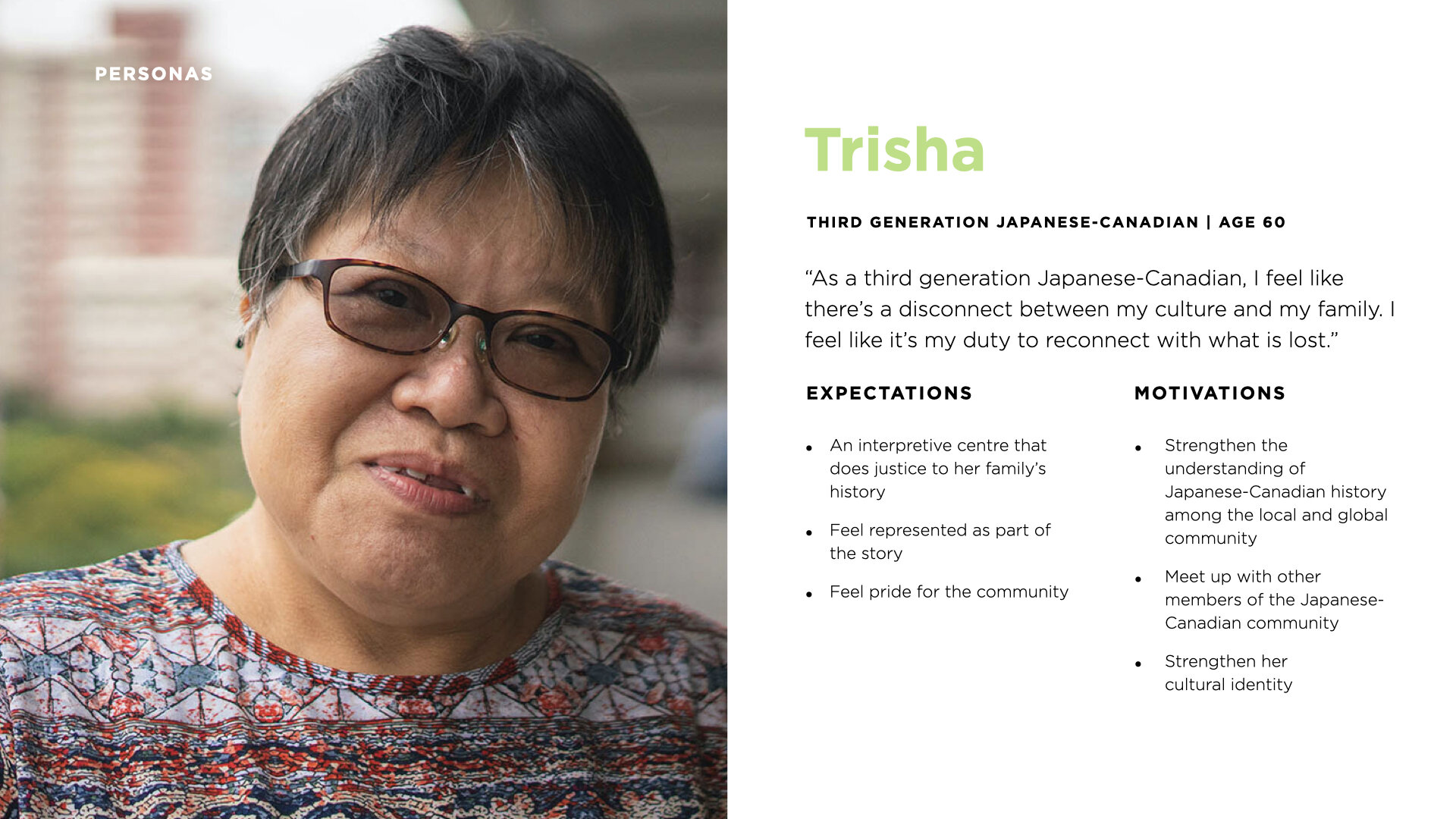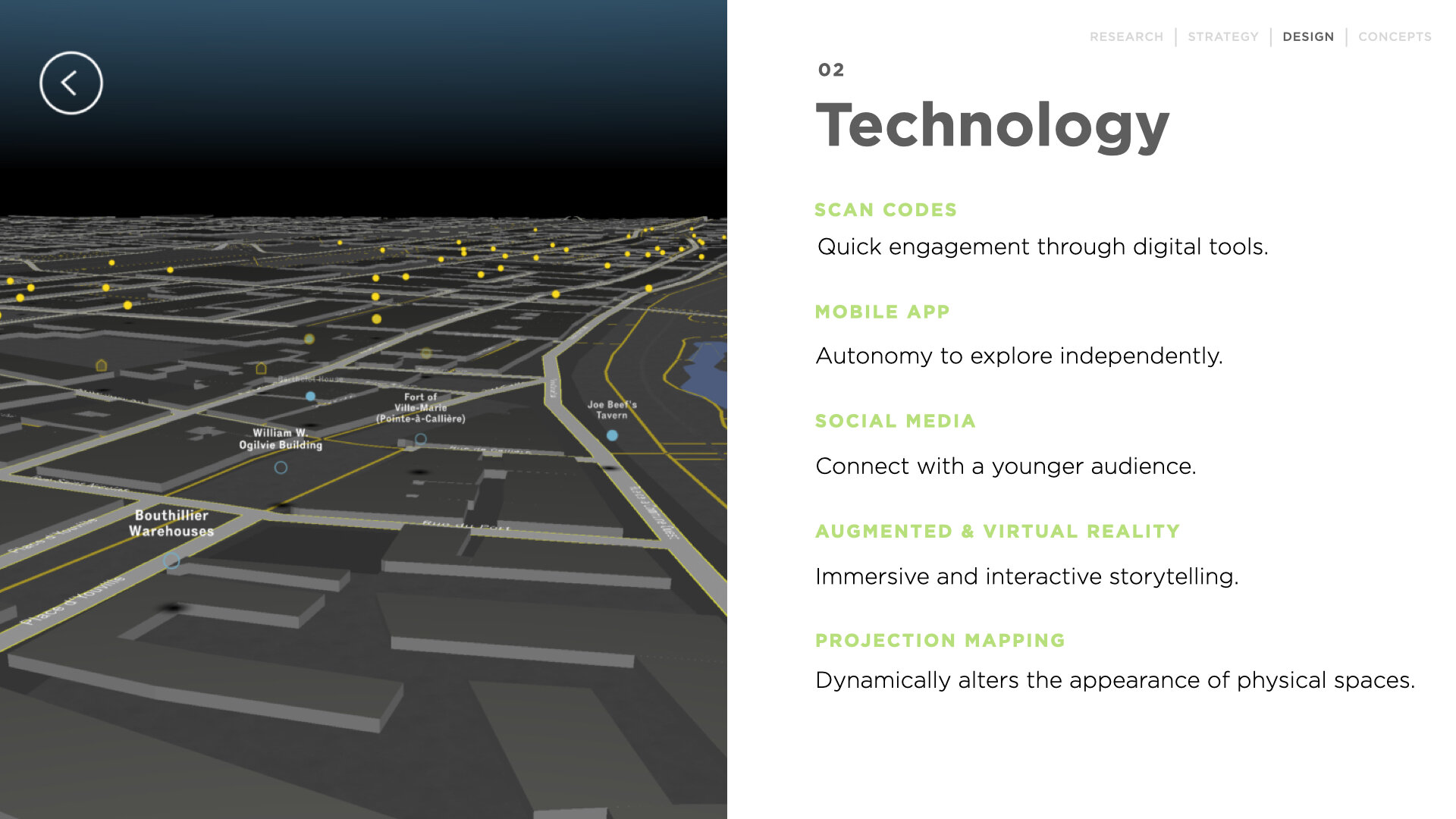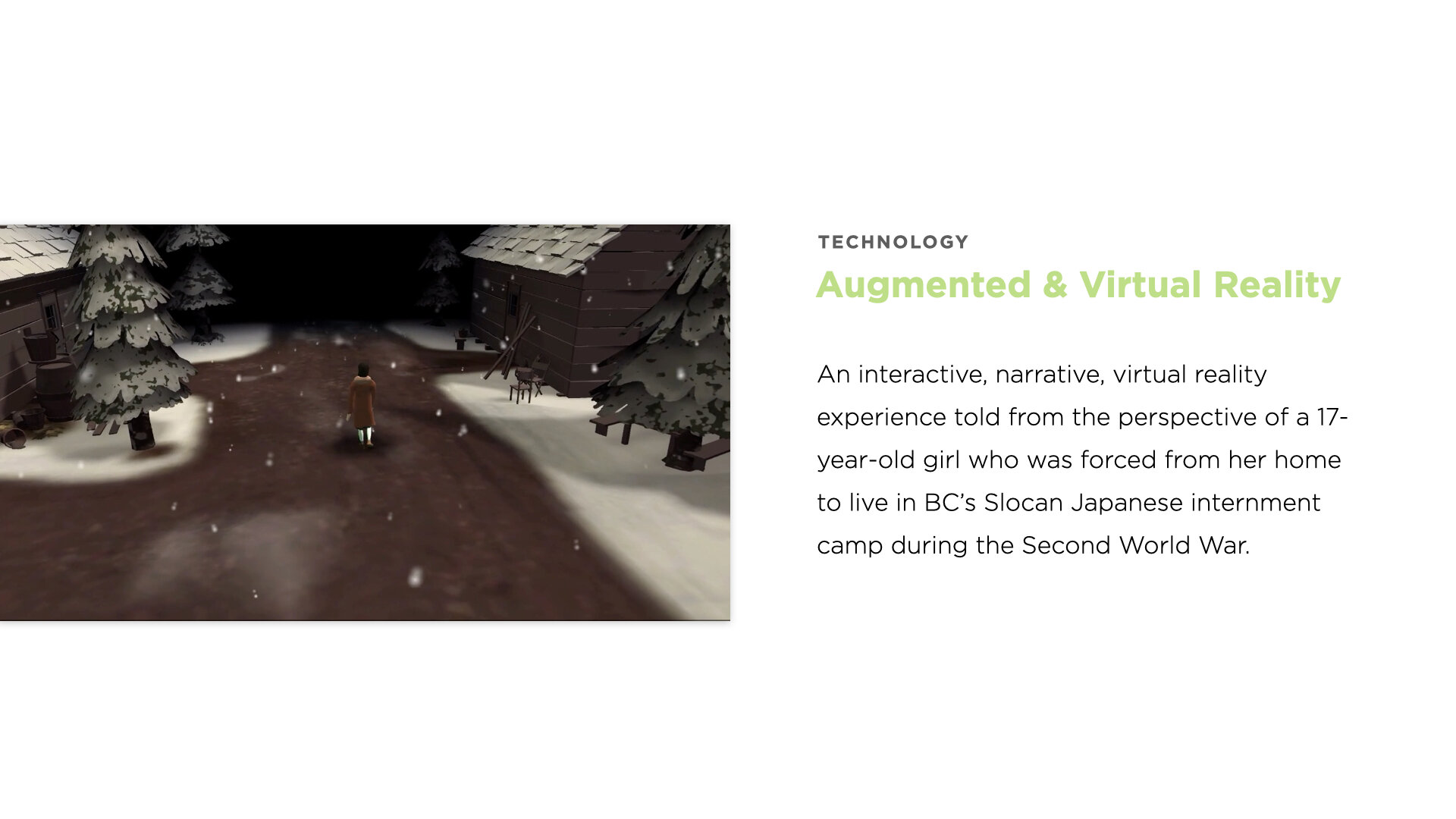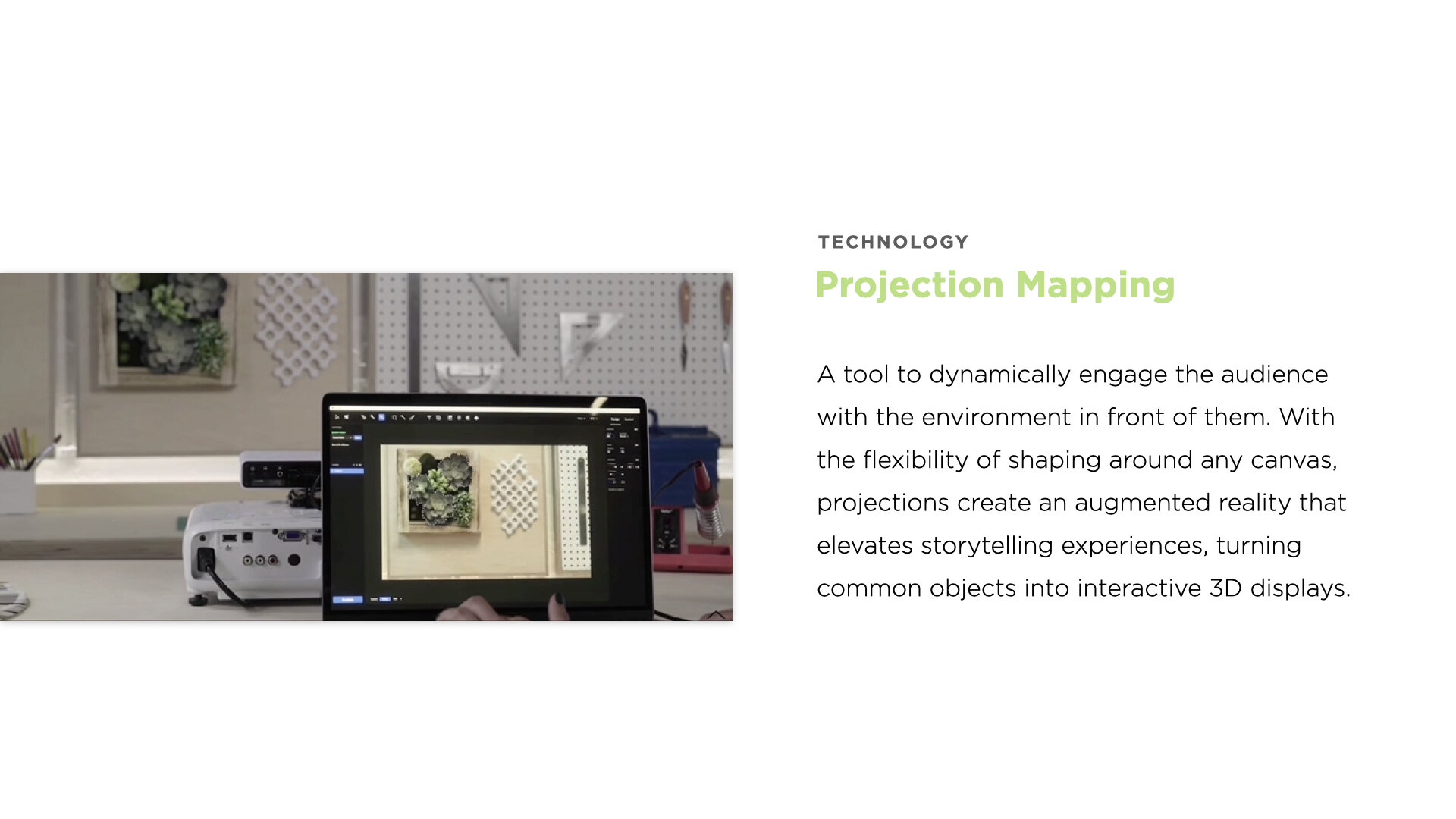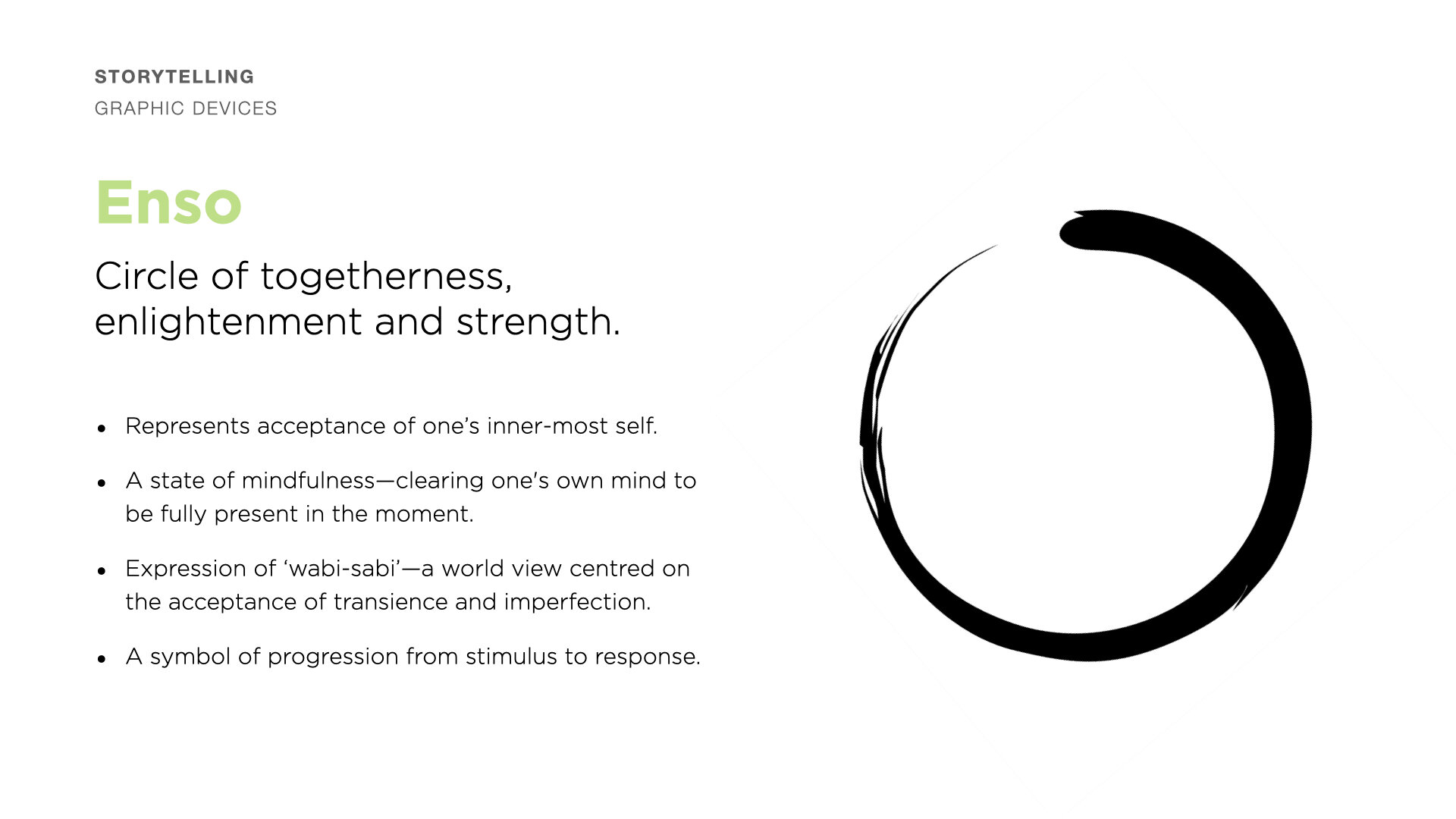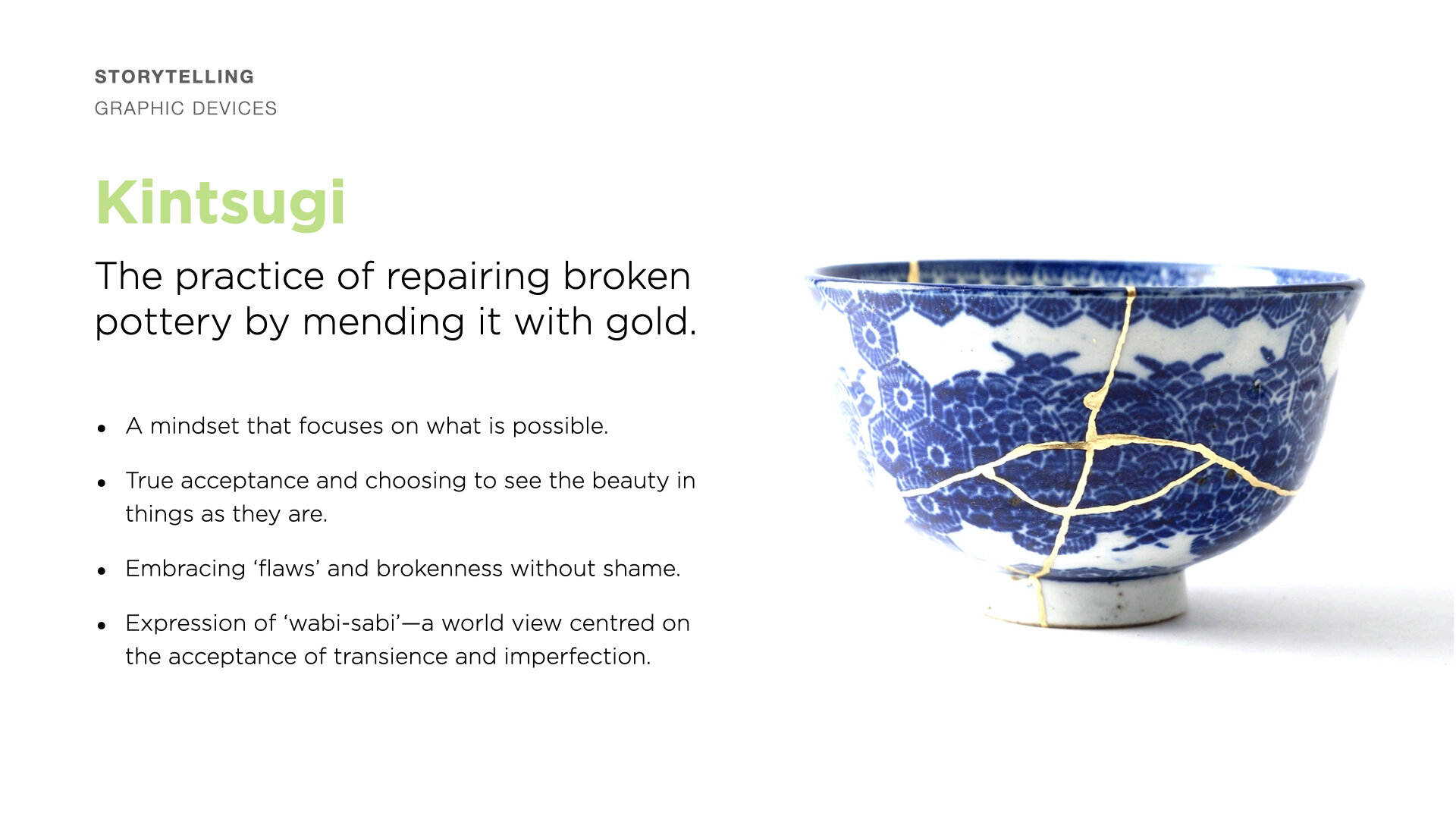
Vancouver Japanese Hall
Envisioning a historical interpretive experience.
Now a recognized heritage building in the heart of Vancouver’s Downtown Eastside, the Vancouver Japanese Hall is an organization committed to culture and education. They strive to enrich people’s understanding of Japanese-Canadian history by facilitating cultural exchanges among students and community members.
Working together with the Japanese Hall, my team and I developed a comprehensive framework for envisioning an interpretive experience that showcases prominent themes within Japanese-Canadian history.
Project Type
Experience Design
Design Research
Content Strategy
Year
2019, Railyard Lab
Formative Research
Historic Walking Tour
To better understand the story of the local Japanese-Canadian community, my team and I began with a guided walking tour of Powell Street—formerly known by visitors as ‘Japantown’ or ‘Little Tokyo’. This was followed by an extensive history lesson with Japanese Hall Director, Laura Saimoto.
From this early research, my team and I synthesized key historical moments to develop a comprehensive timeline that would inform the narrative of the interpretive experience.
Primary Research
Interviews with Elders
To gain a holistic understanding of the story we were being asked to tell, our team was connected with 6 elders who were children when the Japanese-Canadian community was pushed into internment camps. During a two-hour interview, our team learned about their childhood experiences and how these shaped their perspective of the world and the way they view themselves.
Secondary Research
BC Curriculum
As a prominent historical centre, the Japanese Hall’s largest audience is made up of secondary school teachers and students. The BC Curriculum, which aims to foster educated citizens through a concept-based learning approach, involves three core components: Big Ideas, Curricular Competencies, and Content.
To understand how the BC Curriculum can inspire the experience for students, I studied and synthesized key goals from the three most relevant courses as they relate to Japanese-Canadian history—Social Studies, Comparative Cultures, and Social Justice.
Design Strategy
History Themes
Within the Japanese-Canadian history timeline, 5 overarching themes emerged—Sense of Home, Sense of Place, Sense of Self, Resilience, and Gratefulness. These themes inspire the creative concepts and embody key messages and feelings for the interpretive experience.
Audience Personas
To ensure that each creative concept and design decision would satisfy the behaviours, needs, and goals of the Japanese Hall’s different audience groups, I helped my team develop a set of personas that outline potential guests’ mindsets, motivations, and expectations.
Design Criteria
Encompassed by the 5 E’s, the criteria evaluates potential concepts and ensures harmonious application of themes and curricular goals within the interpretive experience.
Experience Design: Exhibit Research
Vancouver Aquarium
To help visualize an interpretive experience for the Japanese Hall, my team and I visited former Design Program Manager, Marga Lopez, at the Vancouver Aquarium to study immersive experiences and exhibit design. Some of our key learnings include:
Content Design
Capture and hold your audience’s attention quickly—People make an impression within 5-9 seconds and tend to spend only 15 seconds to 2 minutes viewing or interacting with a display.
Designing for a child often allows you to engage with every age.
Be considerate of hierarchy not just in visual design, but in the lessons you want to share with people.
Storytelling
Consider how you might connect stories to your audience or how you put them in someone else’s shoes.
Aim to end each experience on a positive note with clear actions.
Spatial Design
Utilize subtle way-finding cues to guide your audiences intuitively through a space.
Create easy, low-barrier ways for people to engage with content.
Generate curiosity and build up a sense of awe or discovery through progressive disclosure.
Experience Design: Tools
1/ Space—Creating a rich, immersive experience.
To create a fully-immersive and enriching experience for visitors, various applications of lighting, audio-scapes, tactile interfaces, and way-finding were proposed, alongside recommendations for interior design.
2/ Technology—Elevating and facilitating engagement.
With students, teachers, and tourists making up the largest portion of the Japanese Hall’s audience group, Railyard Lab identified an opportunity to leverage technology as a tool to engage younger audiences.
3/ Storytelling—Crafting a compelling narrative.
The objective of this project was to showcase the story of the Japanese-Canadian community. Acknowledging that such rich history cannot be communicated by a single timeline, experience, or voice, we suggested various storytelling artefacts including personal quotes, thought-provoking questions, impactful photos and imagery, and graphic devices that help communicate key cultural ideas or perspectives.









